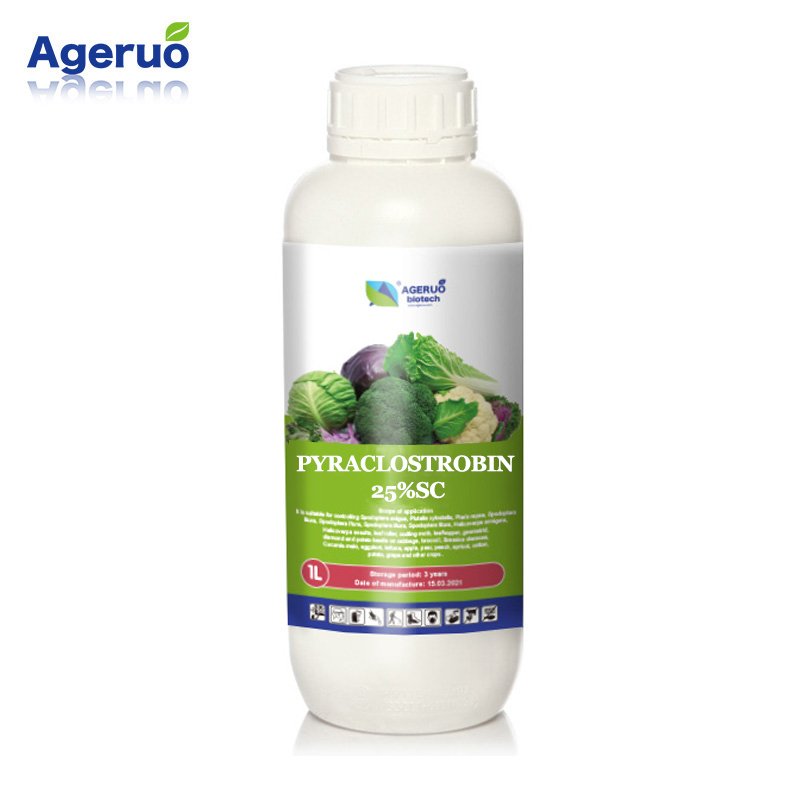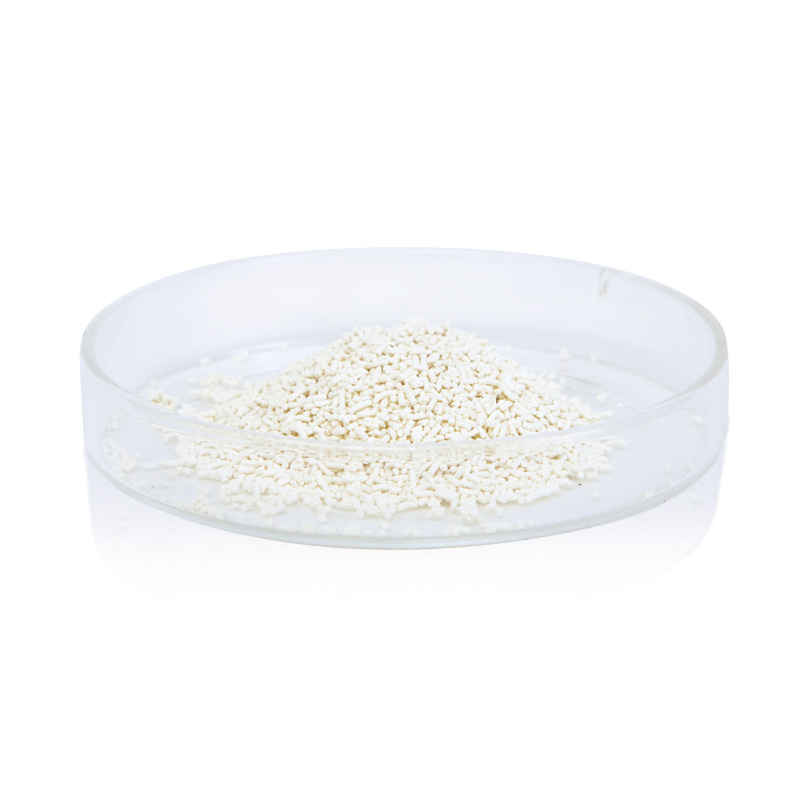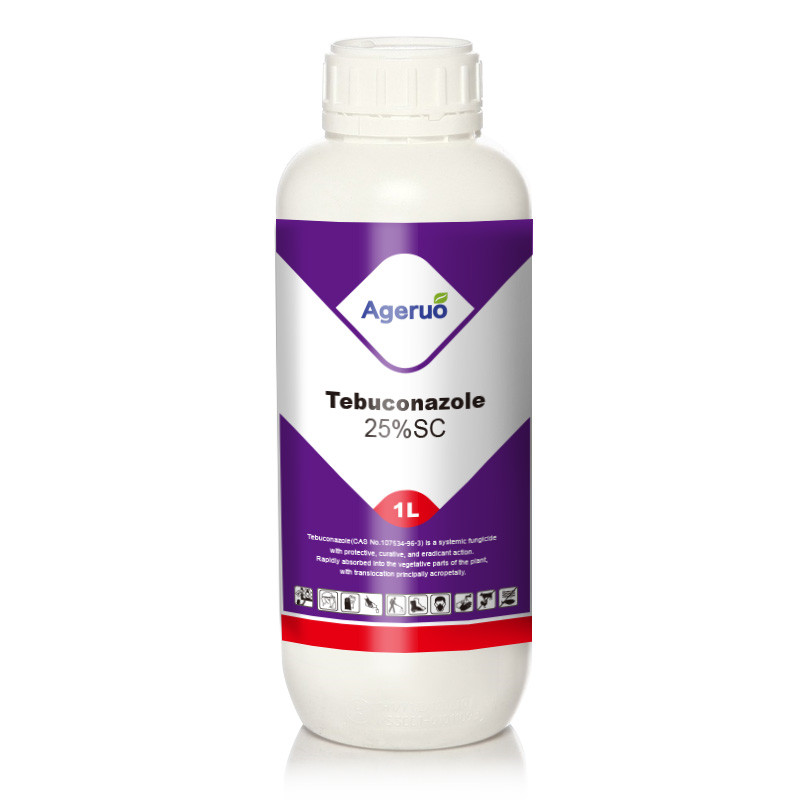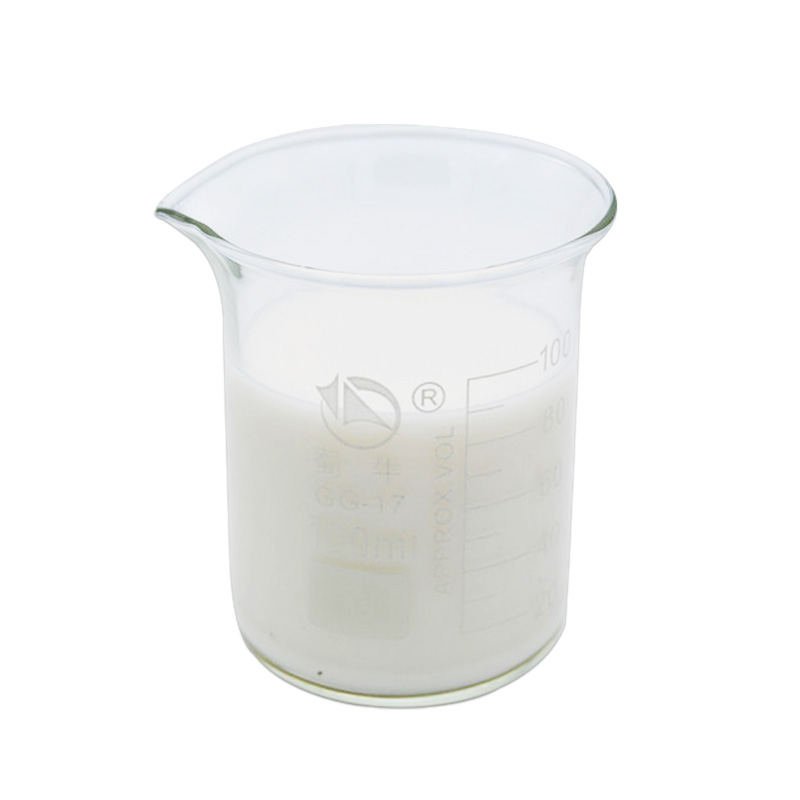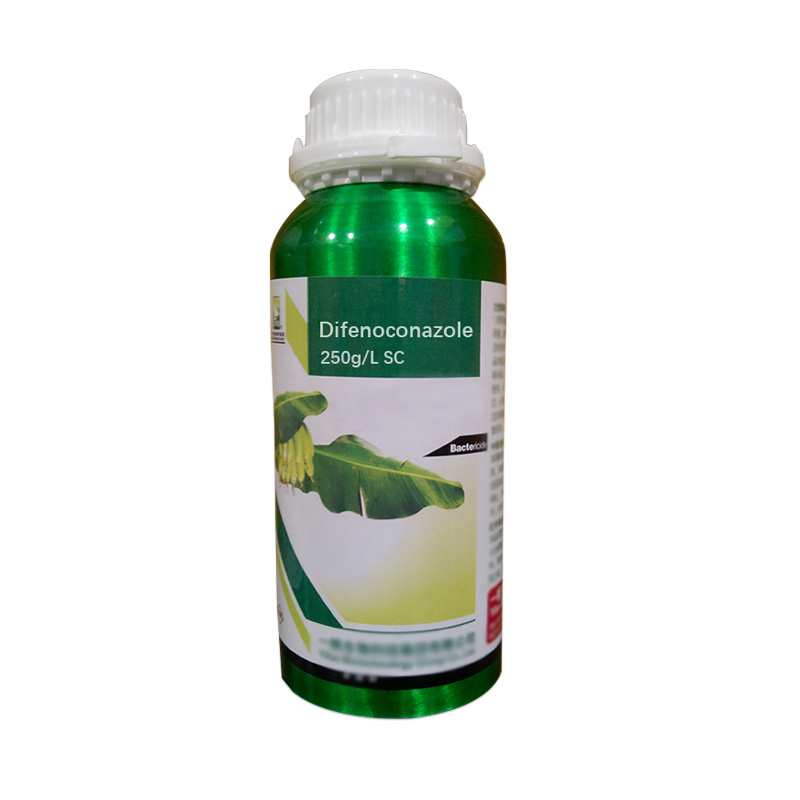Pyraclostrobin is highly compoundable and can be compounded with dozens of pesticides.
Here are some common compounding agents recommended
Formula 1: 60% pyraclostrobin metiram water-dispersible granules (5% pyraclostrobin + 55% metiram). This formula has multiple functions of prevention, treatment and protection, has a wide range of disease prevention and is safe to use. Mainly used to control: downy mildew, blight, and anthracnose of cucumber, downy mildew, blight, and anthracnose of melon, anthracnose, blight, and blight of watermelon, late blight of tomato, blight, downy mildew of pepper, Anthracnose, cruciferous vegetable downy mildew, potato late blight, vegetable peanut leaf spot, etc. Generally, 50 to 80 grams of 60% water-dispersible granules and 45 to 75 kilograms of water are used per acre to quickly control the damage and spread of the disease.
Formula 2: 40% pyraclostrobin·tebuconazole suspension (10% pyraclostrobin + 30% tebuconazole), this formula has the functions of protection, treatment and eradication. It has strong adhesion, long lasting effect, and is resistant to rain erosion. The two have different mechanisms of action. When mixed, they can effectively prevent and control spotted leaf disease, anthracnose, ring scab, rust, anthracnose leaf blight, brown spot, rice blast, sheath blight, leaf spot, powdery mildew, and scab. , scab, vine blight, banana black star, leaf spot and other diseases. Use 8-10 ml of 10% pyraclostrobin + 30% tebuconazole suspension per acre, or make a 3000-fold solution for fruit trees, mix with 30 kg of water and spray evenly to quickly control the damage of the above diseases.
Formula 3: 30% difenoconazole·pyraclostrobin suspension (20% difenoconazole + 10% pyraclostrobin). This formula has the functions of protection, treatment, and leaf penetration and conduction. Good quick effect and long lasting effect. It can comprehensively replace conventional products such as mancozeb, chlorothalonil, Metalaxyl mancozeb, and mancozeb. It can effectively control early blight, anthracnose, powdery mildew, downy mildew, vine blight, damping off, sclerotinia, scab, gum disease, scab, brown spot, leaf spot, and stem blight. and many other diseases. Using 20-30 ml of 30% difenoconazole·pyraclostrobin suspension per acre, mixed with 30-50 kg of water and sprayed evenly can quickly prevent the spread of the above diseases.
Precautions when mixing pyraclostrobin:
1. Be careful not to mix pyraclostrobin with alkaline fungicides, emulsifiable concentrates, or silicones. When mixed with other chemicals, attention should be paid to the concentration and testing done.
2. When mixing pyraclostrobin and foliar fertilizer, you need to pay attention. Dissolve the foliar fertilizer first, and then pour pyraclostrobin. Under normal circumstances, pyraclostrobin plus potassium dihydrogen phosphate and trace elements will be very effective.
3. Pyraclostrobin itself has high penetration, so it is not recommended to add silicone.
4. Pyraclostrobin can be mixed with brassinoids, but it is best to dilute them twice and mix them.
5. It is not recommended to mix pyraclostrobin with strongly oxidizing pesticides, such as potassium permanganate, hydrogen peroxide, peracetic acid, chlorobromine and other pesticides.
Post time: Mar-04-2024


